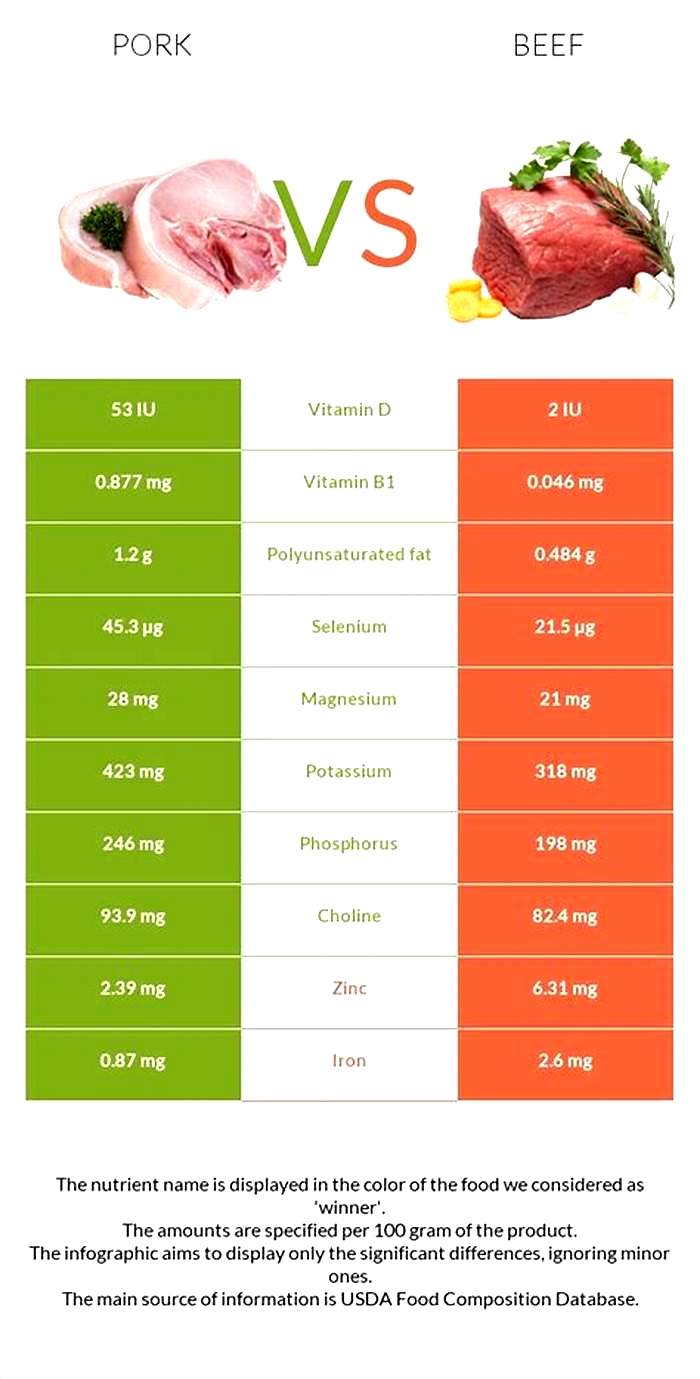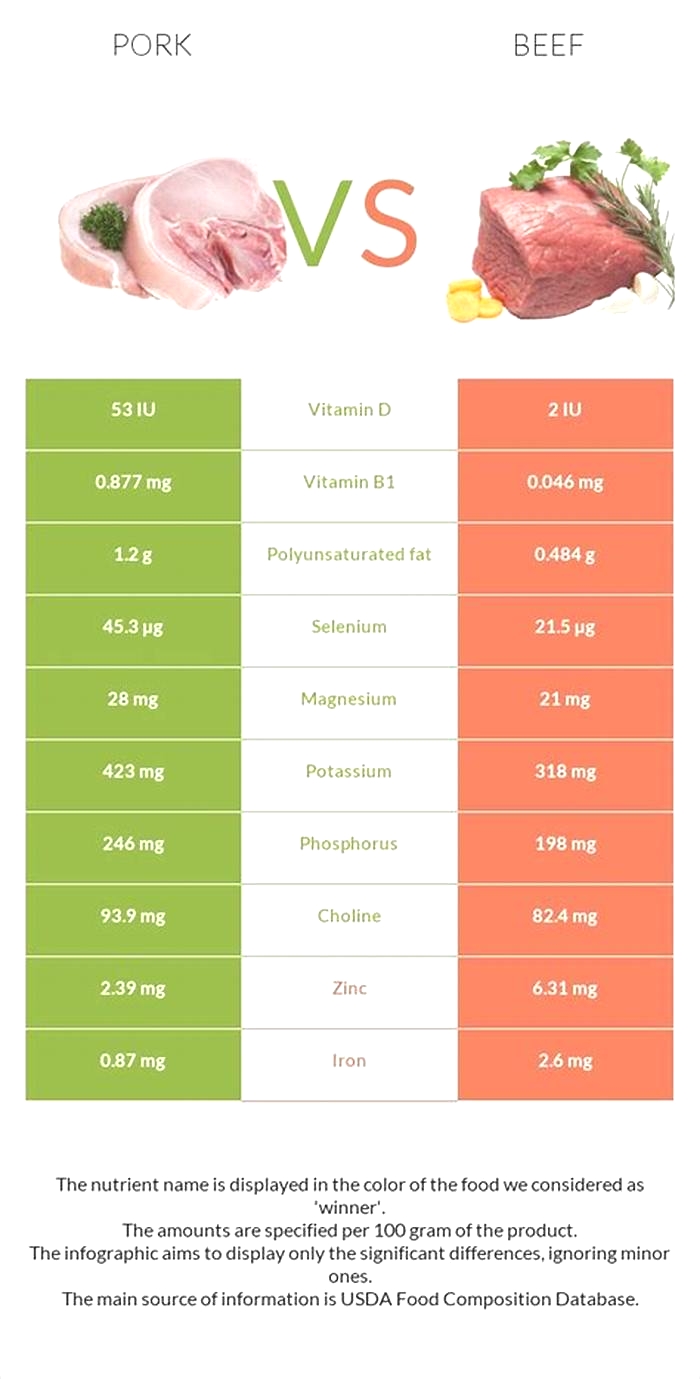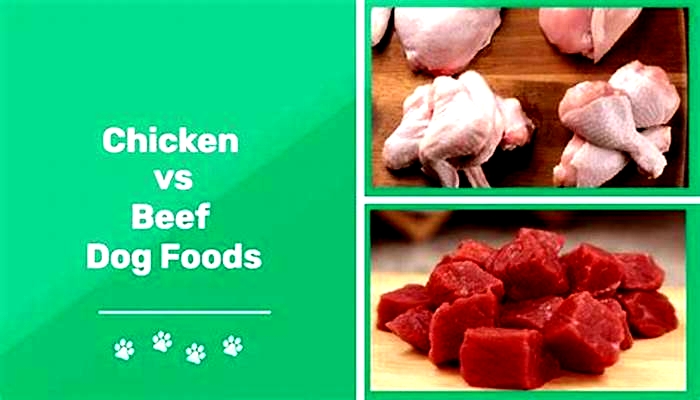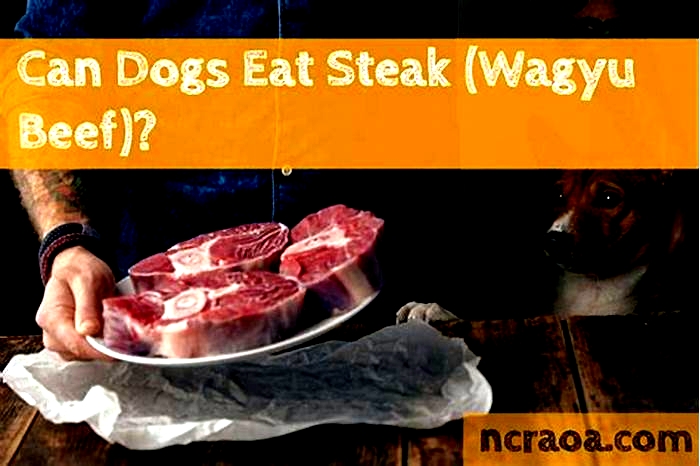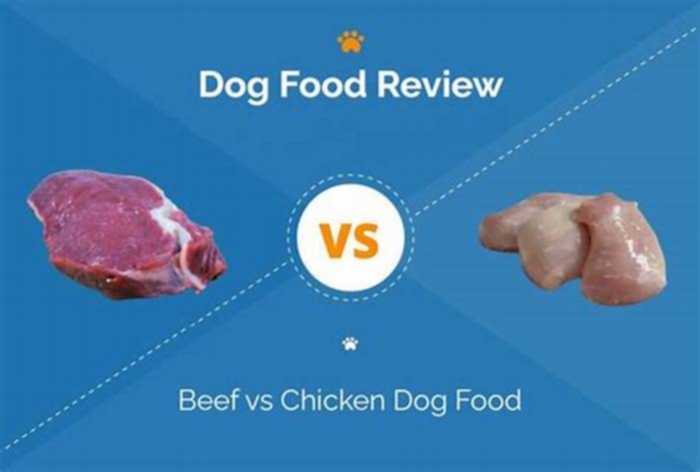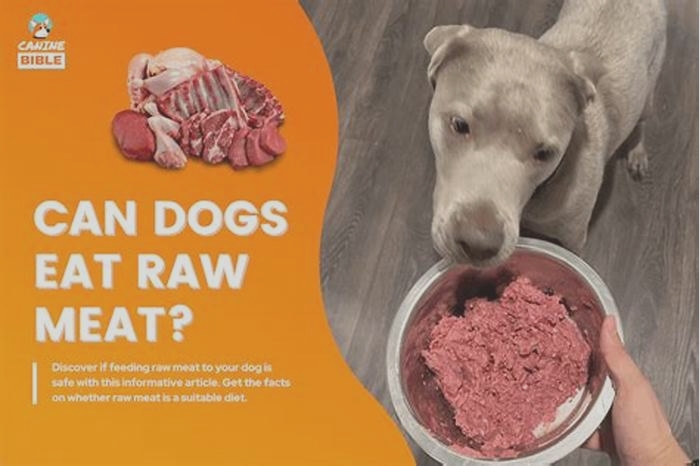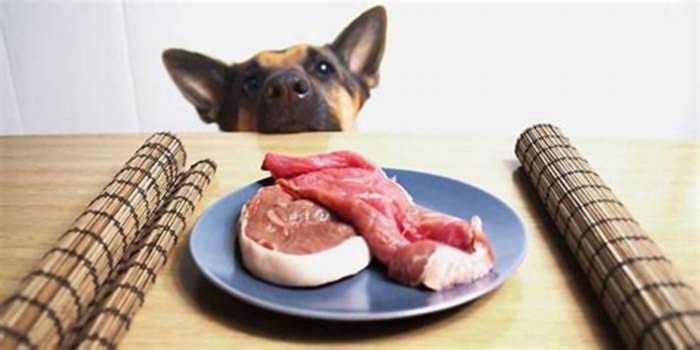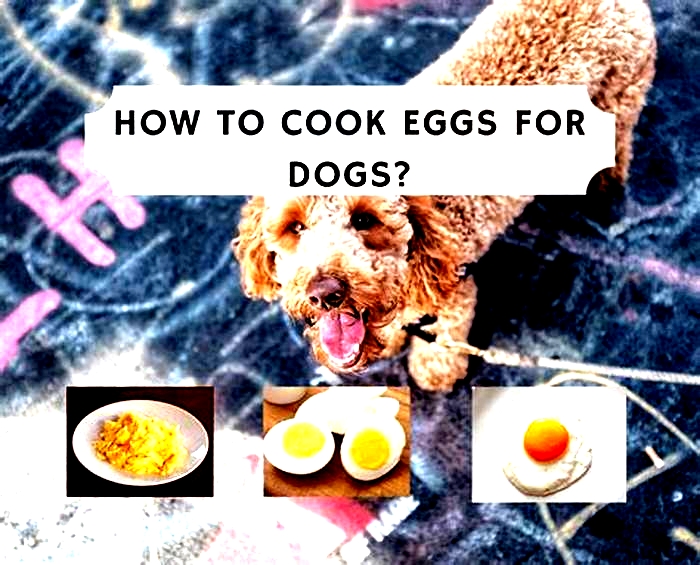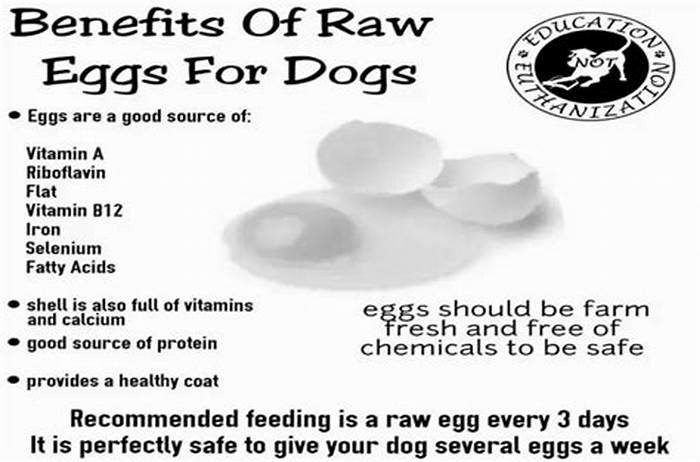Is raw beef good for dogs
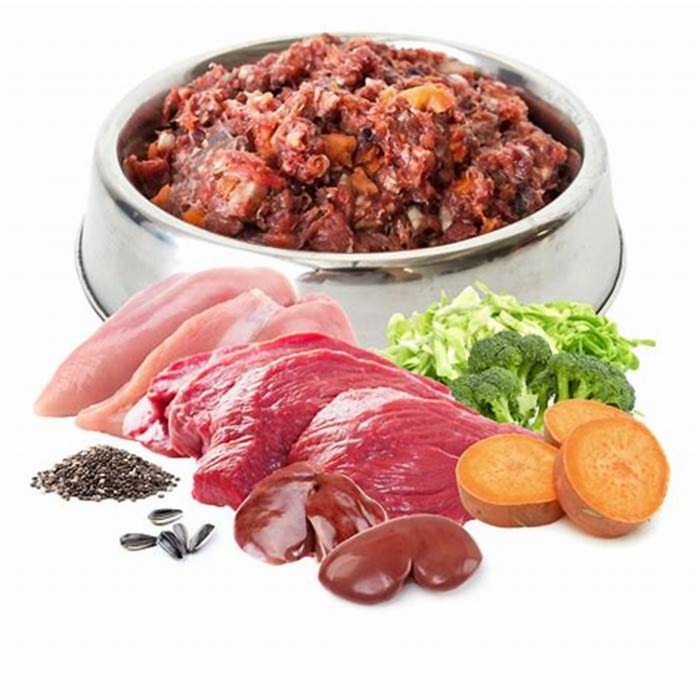
Can Dogs Eat Raw Beef? What You Need to Know About Raw Meat Diets

Can dogs eat raw beef? Is raw beef one of the protein sources you are considering for your dog? Is it the best option for you and your pet? Find out more about raw beef, its health benefits, and possible risks as we discuss one of the most popular ingredients in pet food.
So Can Dogs Eat Raw Beef or Raw Meat?
Can dogs eat raw meat like beef? Yes, they most certainly can. A lot of dogs do well on a raw diet, and beef happens to be naturally packed with protein and other nutrients that help keep dogs as healthy as can be. This is why beef is one of the most commonly used protein sources in the pet food industry.
Because beef, along with chicken, has been the most frequently used protein source in commercially produced dog food products, some dogs have developed allergies to these meats.
If you have a sensitive dog suffering from allergies, talk to your vet about the best way to determine what your dog is allergic to, as well as the best diet for your pup.
What Goes Into a Raw Food Diet
Many dogs, if not most, thrive on a high-protein diet that is packed with good quality animal proteins. If dogs eat raw meat, what exactly should go into a meal if you are to put your pup on a healthy and balanced raw diet?
Here is a list of the recommended components of nutritious and balanced raw food diets according to Fetch by WebMD:
- Muscle meat (from raw meat from beef, chicken, turkey, etc), often still on the bone
- Whole or ground raw bones
- Organ meats such as liver, kidneys, heart, etc.
- Raw eggs
- Vegetables like broccoli, spinach, and celery
- Apples or other fruit
- Some dairy, such as yogurt
Depending on your dogs specific nutritional needs, you can select the type of raw meat that is best for your pup. For example, if your dog has chicken allergies, you can make raw foods that consist of raw beef as its main protein source. Raw beef is also likely to be more economical than lamb meat.
The ratios of the ingredients can also be adjusted accordingly. Talk to your vet about the best diet for your pup. Feel free to consult them on the appropriate ratios of ingredients, essential fatty acids, and other nutrients to ensure that you feed your dog the best diet for his or her age, breed size, activity levels, as well as other dietary requirements.

Benefits of Feeding Dogs Raw Meat Diets
Encouraging dogs to eat raw meat such as beef can be beneficial when done right. Beef is naturally rich in protein, iron, zinc, and selenium, as well as vitamins B12, B3, and B6. It is also low in sodium which can be beneficial to dogs who require a low-sodium diet.
Feeding raw diets to dogs has been growing in popularity for several years. While not all vets are on board, numerous raw meat advocates claim that their dogs have reaped multiple health benefits from their diet of unprocessed raw meat such as beef, raw bones, and whole foods like veggies or fruits.
It is worth noting that some dog owners have claimed that raw feeding has helped reduce muscle pain and inflammation in pets with arthritis.
Here are some of the potential benefits of feeding raw meat-based food to your dogs:
- Glossy, healthy coats
- Healthier skin
- Higher energy levels
- Smaller stools
Origins of the Raw Food Movement
The raw food movement was largely popularized by Australian veterinarian Dr. Ian Billinghurst and Dr. Tom Lonsdale. Long before the term, Biologically Appropriate Raw Food (BARF)1 has been introduced to dog owners, racing greyhounds and sled dogs had been on a diet of raw meat and veggies. This raw diet aligns with the prey diet of wild dogs.
With pet owners focusing more and more on keeping their dogs healthy for a long time, the appeal of feeding them a natural diet inspired by their ancestors prey diet was undeniable. It is very minimally processed, naturally nutrient-rich, and most dogs love the taste of raw meat.
Without anything similar in the market at the time, BARF soon became a commercial success in Australia, and it was not long after that numerous raw meals and similar food products appeared on pet store shelves and freezers worldwide.
The movement has spawned everything from frozen raw complete meals to freeze-dried raw meals to pre-mixes designed to be combined with your raw meat of choice.

Potential Risks of Feeding a Raw Food Diet
If a raw diet is natural and has many health benefits, why are there vets that disagree that it is the best diet for dogs?
Bacterial Contamination
Contamination from bacteria and other harmful pathogens is a very real risk whenever dealing with raw meat. Special handling is required when preparing your dogs raw meat-based food to minimize the risk of your dog and family members coming into contact with harmful bacteria.
Studies conducted by the FDA's Center for Veterinary Medicine2 have found that raw pet meals are more likely to have disease-causing bacteria compared to the other types of pet food that they tested.
The FDA recommends thoroughly cleaning and disinfecting surfaces where the raw dog food or raw meat was prepared. After handling raw meat, wash your hands well with soap and water for at least 20 seconds before rinsing.
Unlike commercial kibble or even cooked meat, uneaten food with raw meat should not be left sitting in your dog's bowl for a long time, especially during the warmer weather. If you are feeding your pup commercially produced raw dog food, refer to the label for the recommended amount of time that the thawed food can stay in the dogs bowl.
As a general rule, leftover raw dog food should be discarded after 30 minutes to an hour, especially on hot days.
Puppies are especially at risk of getting sick from contaminated raw meat. Because a young dogs body and immune system are not yet fully developed, most experts do not recommend feeding dogs raw meat until he or she is a full-grown adult.
If thawing a portion of a frozen raw meal that is larger than what your dog should get, keep the remaining amount chilled in your fridge. Store it in a sealed container to avoid cross-contamination with other food in the refrigerator.

Parasites
Making the decision that your pet should be eating a raw meat diet could mean exposing you and your pet to food-borne parasites. Examples of these are pork worm or taenia solium, echinococcus granulosus, and a wide range of cyst forming protozoa such as toxoplasma gondii, neospora caninum, and sarcocystis species.
Regular de-worming is a must when feeding a raw meat diet. Tapeworm treatment and prevention are not always included in flea and worming treatments.
If you regularly give your dog a monthly flea, tick, and intestinal worm chew or spot-on treatment, make sure that you also give them a separate tapeworm tablet. This is usually given every three months.
Practice proper disposal of dog waste to minimize the risk of spreading parasites in your household as well as outside your home. Always wash your hands thoroughly afterward, as well as after handling raw pet foods.
Unbalanced Diet
Making your dogs meals from scratch can be very challenging in terms of getting the right balance of essential fatty acids and other nutrients that your dog needs.
Unless you are a vet or an animal nutritionist, you will need the help of a professional to make sure that your dogs diet that is made from scratch is truly complete and balanced.
An unbalanced diet can be detrimental to your dogs health and can even lead to serious illness in the long run. For example, dogs should get the correct levels of calcium and phosphorus to avoid bone deformities.
This is another reason why raw meat diets, especially homemade ones are not recommended for growing puppies. Insufficient or incorrect levels of certain nutrients can affect the growth and development of puppies bodies and overall health.
An unbalanced diet made up of mostly animal protein or meat can affect a dogs stomachs natural pH balance or lead to highly acidic stomachs. An appropriate amount of carbs and fiber should be included in a dogs diet.
Whole Bones
Another risk identified by experts that a raw meat diet may pose to dogs is the risk of choking on whole bones, damaging their teeth while chewing on them, or internal puncture caused by bones.
While uncooked bones do not splinter as much as cooked bones, they are still a choking hazard and can also cause serious damage to a dogs insides when swallowed. Because they are much harder than cooked ones, dogs can break their teeth on them.
How Can I Ensure That My Dog Gets the Best Out of a Raw Diet?
If you would like to put your dog on a raw meat-based diet, we recommend the following to help your dog achieve his or her health goals:
Consult your vet
Before you decide to feed raw, we highly recommend consulting the vet who has been helping you keep your canine companion healthy since day one. He or she has your dogs medical records and is likely very familiar with your dogs medical and nutritional needs.
Seeking veterinary advice can be extremely helpful especially if you are looking to address specific health issues or conditions or if you have senior dogs. You can also look up recipes online and have your vet go over them to ensure that the recipes are appropriate for your dog.
Ask your vet how you can make sure that your dog gets the right balance of nutrients in every meal.
Transition properly
Anytime you are introducing new food to your dog, always practice gradual transitioning3. Whether it is from one brand of kibble to another, or from canned food to raw meals, always introduce small amounts first, and increase the portions of the new food little by little every day until your dogs digestive system is used to it. This will help avoid having to deal with gastrointestinal issues like vomiting and severe diarrhea.
Transitioning from commercial dog food like kibble or canned food to raw food diets is a huge change. So make sure that the shift into raw dog food is done very gradually.
If you have dogs with more sensitive digestive systems, try giving them some freeze-dried or air-dried raw dog foods first before introducing them to raw feeding right away. You can mix a small amount with your dogs food.
You can easily find varieties that can be rehydrated with a bit of warm water so that your dog can experience meals that are more similar in texture and flavor to homemade raw meals.
Fresh food also known as fresh-cooked food is another way you can slowly transition your dog from kibble to raw meals. These meals with cooked meat and veggies can be purchased online and can often be customized according to your pets dietary needs.

Practice proper food handling and storage
Meals, especially those with raw meats such as raw beef, pork, lamb, and other raw foods require special handling. You need to store them in an area in your freezer or fridge away from cooked foods. They also need to be placed in sealed containers to avoid cross-contamination.
Frozen raw dog meals with uncooked meat must be defrosted in the refrigerator overnight. Once fully defrosted, split the food into portions and keep the ones you wont be serving right away in sealed containers in your fridge.
Surfaces and utensils used to prepare the raw dog meals must be cleaned and sanitized thoroughly. This helps ensure the safety of your pets and family members from bacterial infection and other diseases caused by bacteria. Discard any raw dog food left uneaten by your dog in his or her bowl.
You can also easily find detailed safety guidelines published online by government agencies, public and private vet offices, and raw pet meal manufacturers.
Consider commercially prepared raw dog food
For a more convenient mealtime preparation, you can buy commercially prepared raw dog meals that are either frozen, chilled, freeze-dried or air-dried.
Many of these pre-prepared meals are formulated to provide complete and balanced nutrition to adult dogs. This takes out the risk of putting your dog on an unbalanced diet which can result in health conditions caused by nutrient deficiencies.
Read the label before buying prepared raw meals to make sure that they are a complete and balanced diet or meal, as some food products are formulated for supplemental feeding only. This means that it can be served alongside a complete meal like kibble.
Ready-to-serve freeze-dried or air-dried raw food is now widely available on the market. These shelf-stable dog foods are minimally processed and contain all the nutrients of a raw meat-based diet. The freeze-drying or air-drying processes eliminate pathogens making them last a long time without refrigeration.
However, once rehydrated, these freeze-dried food must be consumed immediately. Any uneaten rehydrated food should be discarded to avoid contamination.
Variation is key
Variety is an important part of raw diets. According to animal nutritionist Shiva Greenhalgh of Sydney Animal Nutrition, Variation allows your animal to organically utilize nutrients and minimize the use of supplementation.
Putting your dog on a rotating diet or just switching up some components of their meals can keep them interested, as opposed to feeding them the same meals for an extended period.
If your dog enjoys eating raw meat, try mixing in another protein source to create a dual-protein or multi-protein recipe. Your dogs raw meat diet can include muscle meat from pork, turkey, and/ or chicken, as well as offal from lamb and/ or beef.

Conclusion
There is no one-size-fits-all in pet nutrition, and raw diets are no exception. While some dogs may thrive on this type of diet, others may be too sensitive for it or may require the precise nutrition that dry or canned dog food can offer.
The prey diet of wild dogs which consists mostly of raw meat is another thing that is not for every dog. Some dogs do better on a diet that contains wholesome grains along with whole foods like nutritious fruits and vegetables.
Nutrient-rich fruits and even some raw dairy can help dogs produce more of their natural digestive enzymes. That being said, some highly active dogs may thrive on a diet that is much higher in animal protein and fat.
We cannot stress enough the importance of working with your vet to determine the best diet that will keep your dog happy and healthy for many years to come. Keep in mind that nutrition in general is a science.
Our decision on what is best for our pets health should be influenced by scientific evidence. This is where our vets can assist us in providing what our dogs truly need.
- BARF Diet, Perfectly Rawsome
- Center for Veterinary Medicine, US Food & Drug Administration
- How to Switch & Transition Dog Foods, American Kennel Club

